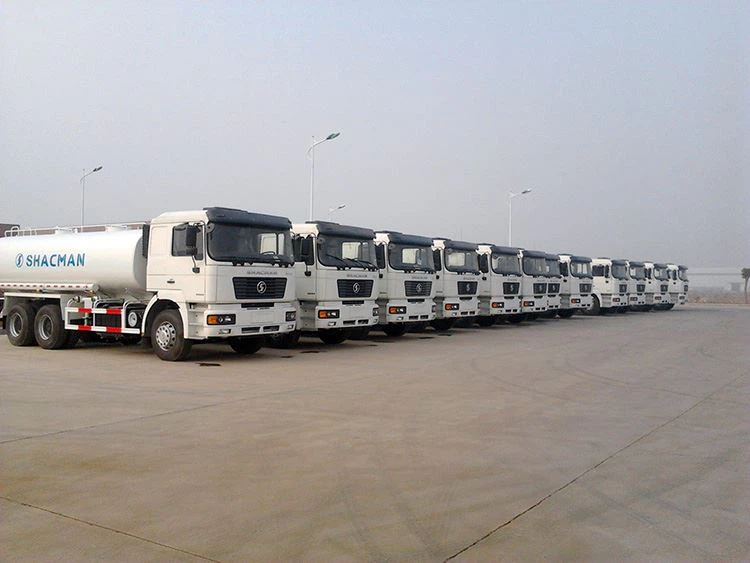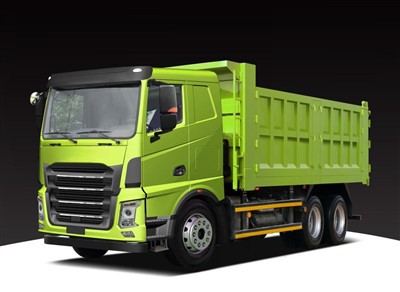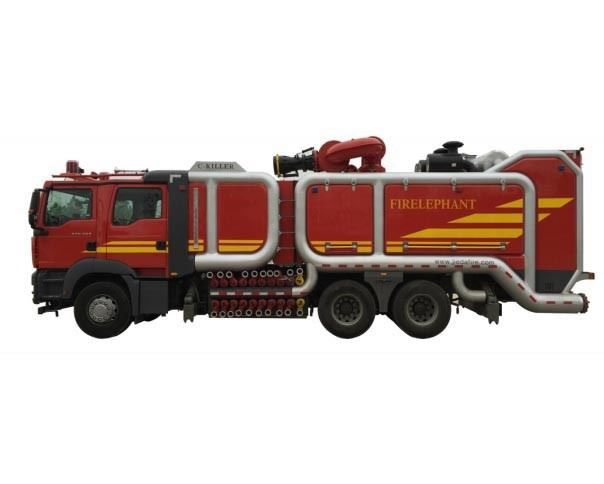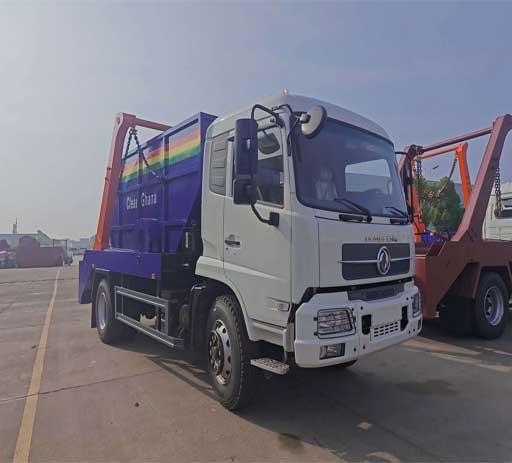Mobile Dumpster Compactor: Revolutionizing Waste Management

In today’s fast-paced world, efficient waste management has become a priority for businesses and municipalities alike. One innovative solution that has emerged is the mobile dumpster compactor. This article delves into the myriad benefits, features, and applications of mobile dumpster compactors, helping you understand why they are crucial for modern waste management.
What is a Mobile Dumpster Compactor?
A mobile dumpster compactor is a portable waste compression system designed to compact waste materials into smaller sizes, allowing for more efficient disposal and transport. These compactors are typically mounted on vehicles or trailers, providing flexibility and ease of use for businesses with varying waste management needs.
How Do Mobile Dumpster Compacting Systems Work?
The operation of a mobile dumpster compactor is relatively straightforward. It uses a hydraulic or mechanical system to compress waste materials. The compacted waste takes up significantly less space, allowing for more waste to be transported at once. This not only minimizes logistics costs but also reduces the frequency of trips to landfills.
Components of a Mobile Dumpster Compactor
- Compaction Chamber: The main area where waste is compressed.
- Hydraulic System: Powers the compaction process.
- Control Panel: Allows operators to manage compaction settings and monitor performance.
- Transport Mechanism: Enables the mobility of the compactor.
Benefits of Mobile Dumpster Compactors
1. Cost Efficiency
Utilizing a mobile dumpster compactor can lead to significant cost savings for businesses. By reducing the volume of waste, companies can minimize their disposal fees and reduce transportation costs. The ability to fit more waste into one load means fewer trips to disposal sites.
2. Space Optimization
In urban settings where space is at a premium, mobile dumpster compactors help businesses manage their waste without sacrificing valuable real estate. Compacted waste takes up much less room, allowing for optimized storage solutions.

3. Environmental Impact
Reducing the frequency of waste pickups decreases fuel consumption and carbon emissions associated with waste transport. Additionally, because more waste can be transported at once, it minimizes landfill overflow and helps in promoting recycling efforts.
4. Enhanced Safety
Mobile dumpster compactors often come equipped with features that promote a safer work environment. These features include proper containment of waste materials, reducing the potential for spillage and accidents. Moreover, compactors help manage odor and pest issues commonly associated with open waste containers.
Applications of Mobile Dumpster Compactors
1. Construction Sites
Construction activities generate a significant amount of waste which can vary from wood debris to metal scraps. Mobile dumpster compactors can handle such diverse waste types, making them ideal for construction sites that require constant waste management without disrupting ongoing work.
2. Restaurants and Food Services
Food establishments generate organic waste which can be bulky and odorous. Using mobile dumpster compactors helps manage food waste effectively, reducing unpleasant odors and preventing pest infestations.
3. Retail Businesses
Retailers face a large volume of packaging waste daily. By deploying mobile dumpster compactors, they can regularly manage packaging material, from cardboard to plastic, streamlining the waste disposal process.
4. Municipal Waste Management
Local governments can benefit from mobile dumpster compactors by using them in neighborhoods for efficient curbside waste collection. This not only keeps communities clean but also helps manage waste volume effectively.
Practical Tips for Using Mobile Dumpster Compactors
1. Regular Maintenance

To ensure optimal performance of your mobile dumpster compactor, conduct regular maintenance checks. Inspect hydraulic systems, control panels, and compaction chambers to prevent breakdowns and extend the lifespan of the equipment.
2. Proper Training
Ensure that all operators are trained thoroughly on how to use the compactor, including safety protocols. This minimizes the risk of accidents and optimizes the efficiency of waste management processes.
3. Monitor Waste Types
Monitor the types of waste being compacted. Some materials, like metals and plastics, may require specialized handling to ensure that the compactor operates effectively without damaging the machine.
4. Implement a Waste Sorting System
Encourage a waste-sorting policy to improve recycling efforts. Separate recyclables from general waste before compaction to ensure compliance with local regulations and environmental standards.
Choosing the Right Mobile Dumpster Compactor
Selecting a mobile dumpster compactor requires careful consideration of several factors:
1. Waste Volume
Assess your waste volume to choose a compactor with an appropriate capacity. Understanding your waste generation rate will help in selecting a model that matches your business needs.
2. Type of Waste
Consider what types of waste your business generates most frequently. Some compactors are specifically designed for certain waste types, enhancing operational efficiency.
3. Power Source
Mobile dumpster compactors can be powered by various sources including diesel, electricity, or hydraulic systems. Choose one that aligns with your operational capabilities and environmental considerations.
4. Mobility Features
Select a compactor with robust mobility features. This includes looking for trailers or vehicles that can easily navigate your operational environment, ensuring efficient waste collection.
Purchasing Mobile Dumpster Compactors
1. Understanding Price Factors
The cost of mobile dumpster compactors can vary significantly based on size, capacity, and features. Expect to invest in quality equipment that offers the best long-term ROI.

2. Lease vs. Purchase
Evaluate if leasing or purchasing the compactor is more economical. Leasing may reduce upfront costs but purchasing could be more beneficial for long-term operations.
3. Market Research
Conduct thorough market research to compare various manufacturers and their offerings. Look for reviews, testimonials, and case studies to support your purchasing decisions.
Regulatory Considerations
1. Compliance with Local Regulations
Every municipality may have specific regulations regarding waste management and disposal. Consult with local authorities to ensure compliance and avoid fines.
2. Environmental Guidelines
Adhere to environmental guidelines to promote sustainability. Using mobile dumpster compactors can aid in achieving compliance while also enhancing corporate social responsibility initiatives.
Frequently Asked Questions (FAQs)
1. What types of waste can be compacted using mobile dumpster compactors?
Mobile dumpster compactors can handle a variety of waste types, including cardboard, plastics, food waste, and construction debris. However, it’s essential to check specific equipment compatibility for certain materials.
2. How often should I maintain my mobile dumpster compactor?
Regular maintenance should be conducted at least every six months. However, more frequent checks may be necessary based on usage and the nature of the waste being compacted.
3. Can mobile dumpster compactors be customized for specific industries?
Yes, many manufacturers provide customization options to meet the unique requirements of various industries, ensuring optimal functionality and efficiency.
4. How does using a mobile dumpster compactor help the environment?
By reducing waste volume, mobile dumpster compactors decrease the number of trips to landfills, ultimately lowering fuel consumption and greenhouse gas emissions. They also promote better recycling practices.
5. Can mobile dumpster compactors be operated by one person?
Yes, many mobile dumpster compactors are designed for easy user operation, often allowing one person to handle the compaction and transportation. However, proper training is recommended for safety and efficiency.
6. What are the safety features of mobile dumpster compactors?
Common safety features include emergency stop buttons, overload protection, and secure containment areas for waste materials. These features are designed to minimize accidents and ensure safe operation.
